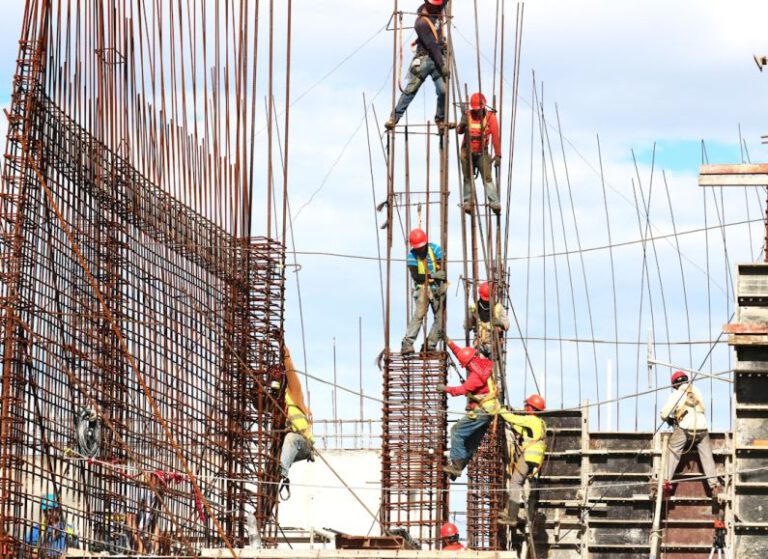Are Lighter Construction Materials the Key to Eco-friendly Building?
Innovations in the construction industry have been evolving rapidly as sustainability becomes a top priority for builders and developers worldwide. The use of lighter construction materials is gaining traction as a viable solution to reduce the environmental impact of buildings. But are lighter construction materials truly the key to eco-friendly building? Let’s delve into this question and explore the benefits and challenges associated with using lighter materials in construction.
### Advantages of Lighter Construction Materials
Lighter construction materials offer several advantages that make them an attractive option for eco-friendly building practices. One of the primary benefits is their reduced carbon footprint during manufacturing and transportation. Lighter materials require less energy to produce and transport, resulting in lower greenhouse gas emissions compared to traditional heavy materials like concrete and steel.
Moreover, the use of lighter materials can lead to reduced construction time and labor costs. These materials are often easier to handle, install, and modify, allowing for faster construction processes. This not only saves time but also reduces the overall environmental impact of the construction project by minimizing energy consumption and waste generation.
Another significant advantage of lighter construction materials is their potential to improve the energy efficiency of buildings. Lightweight materials such as aerated concrete blocks, insulated panels, and composite wood products offer better thermal insulation properties, helping to lower heating and cooling costs. By enhancing the energy performance of buildings, lighter materials contribute to a more sustainable built environment and support efforts to combat climate change.
### Challenges and Considerations
While lighter construction materials offer numerous benefits, they also present certain challenges and considerations that need to be addressed. One of the key challenges is ensuring the durability and structural integrity of buildings constructed using lighter materials. Some lightweight options may be less robust than traditional materials, requiring careful design and engineering to meet safety standards and withstand environmental stresses.
Additionally, the cost of lightweight materials can sometimes be higher than conventional alternatives, impacting the overall affordability of eco-friendly construction projects. Builders and developers need to weigh the upfront costs of lighter materials against their long-term benefits in terms of energy savings, maintenance, and environmental impact to make informed decisions about their use in building projects.
The availability and sourcing of sustainable lightweight materials are also crucial factors to consider. It is essential to choose materials that are responsibly sourced, renewable, and have minimal environmental impact throughout their lifecycle. By selecting eco-friendly lightweight materials, builders can support sustainable practices and contribute to the conservation of natural resources.
### Future Trends in Eco-friendly Construction
As the demand for sustainable building practices continues to grow, the use of lighter construction materials is expected to become more prevalent in the construction industry. Innovations in material science and technology are driving the development of new lightweight options that offer enhanced performance, durability, and environmental benefits.
One emerging trend is the incorporation of recycled and upcycled materials in construction projects to reduce waste and promote circular economy principles. Lightweight materials made from recycled plastics, glass, and other materials are being used to create innovative building solutions that combine sustainability with design versatility.
### The Verdict: Lighter Materials as a Sustainable Choice
In conclusion, while lighter construction materials are not a panacea for all environmental challenges in the building sector, they do offer significant advantages that make them a key component of eco-friendly construction practices. By carefully selecting and incorporating lightweight materials into building projects, builders and developers can reduce carbon emissions, improve energy efficiency, and promote sustainable design principles.
As the construction industry continues to evolve, the adoption of lighter materials will play a crucial role in creating a more sustainable built environment for future generations. By embracing innovation and prioritizing sustainability, we can build a greener, healthier, and more resilient world one lightweight material at a time.






